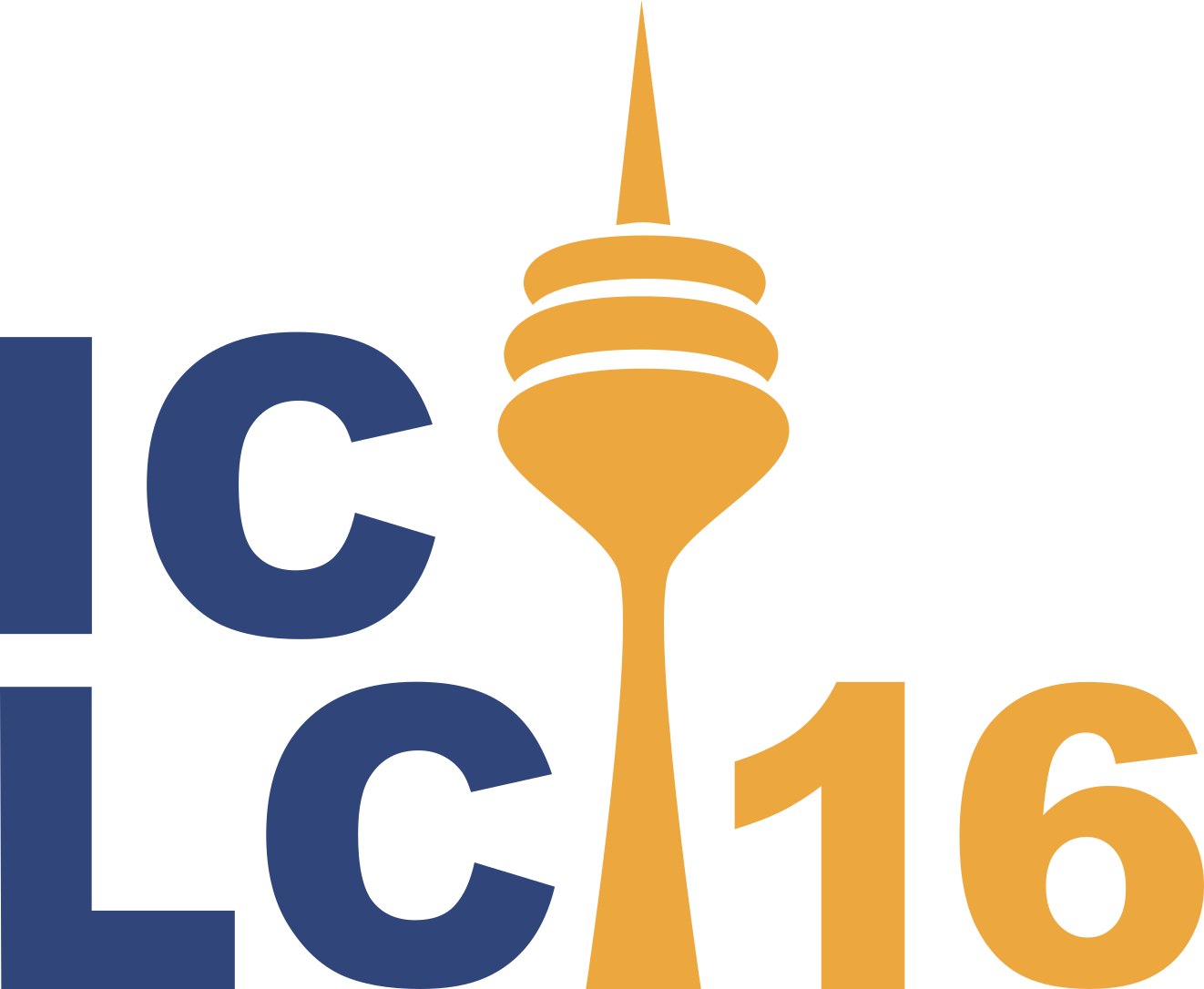Barbara Dancygier & Eve Sweetser
We would like to propose a theme session in memory of Gilles Fauconnier, who died on February 3, 2021. The primary architect of Mental Spaces Theory, he has had an immense influence on the field of cognitive linguistics. The recognition that the conventional semantics of linguistic constructions includes mental space structure is a profound one. It has influenced cognitive linguistic analyses of grammar, from tense-marking to noun-determination to conditionals and negation. Extended to Integration or Blending (Fauconnier’s work with Mark Turner), it allows a formal treatment of metaphor and figuration within a general model of mental space networking. Mental Spaces theory also enabled the productive extension of cognitive linguistic models to signed languages and to multimodal communication (by providing a technical model for iconic structure as mappings). From the start, Fauconnier’s theory provided a formalization of linguistic viewpoint structure and mental space embedding; lately this has prompted a revised approach to epistemic/subjective stance, including the concept of stance-stacking.
This session would be devoted specifically to current cognitive linguistic developments in mental spaces theory, including work on the mental-space-based semantics of grammatical constructions, on embedded viewpoint and stance-stacking, and on applications of blending theory to multimodal communication and artistic language. The session’s international participation (Belgium, Canada, Germany, Japan, Ireland, Italy, Korea, the Netherlands, and the U.S.) attests to Fauconnier’s international impact. Further attesting to his models’ broad applicability, the session includes data from signed (ASL, LSQ) languages as well as modern spoken languages and ancient Indo-European languages.
The first cluster of papers is focused more on grammar and constructional mental-space compositionality – “constructions” from the basic grammatical level (anaphora, subordination) to multimodal memes and viewpoint in sign language interpreting. The second cluster is more focused on Blending (though this is also modeled compositionally in mental spaces theory) and emphasizes Blending Theory’s application to data ranging from Indo-European narrative to the structure of in-person Dungeons and Dragons gaming, climate-change activist advertising, and the relationship of co-speech gesture to speech.
The fourteen proposed papers would make two sessions, if sufficient papers were accepted in the regular December round of individual reviewing. We feel this is justified by Fauconnier’s deep and broad impact on the field, and by the fact that these papers bear on many “basic” cognitive linguistic subjects, such as construction grammar, metaphor, and viewpoint embedding. If fewer papers are accepted, then one longer session (9 or 10 papers) would also be possible.
